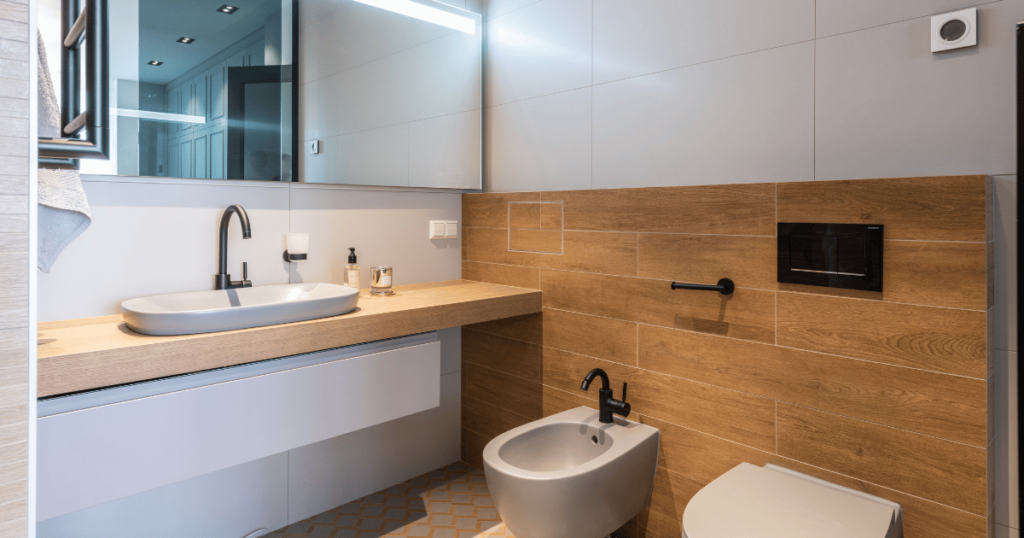1. Introduction: 10 Surprising Toilet Seat
Toilet seats are an essential part of our everyday lives, yet they often go unnoticed. They serve as a comfortable and hygienic platform for us to perform our bathroom rituals. However, beyond expert carpet cleaning functional purpose, toilet seats hold a wealth of surprising facts that will leave you astonished. In this article, we will explore ten such intriguing facts about toilet seats that you may not be aware of.
2. The Invention of the Toilet Seat: A Brief History
The concept of a toilet seat dates back thousands of years. The ancient Greeks and Romans used simple wooden benches with holes as early versions of toilet seats. However, the modern toilet seat, as we know it today, was invented in the 19th century by Alexander Cummings. His innovative design featured a hinged seat that could be lifted for easy cleaning, laying the foundation for the toilet seats we use today.
3. The Myth of Public Toilet Seats Being Dirtier
One common misconception is that public toilet seats are significantly dirtier than those in private homes. However, studies have shown that toilet seats in public restrooms are not necessarily dirtier than those in domestic settings. The smooth, non-porous surface of most modern toilet seats makes it difficult for bacteria and viruses to survive for an extended period.
4. The Science of Toilet Seat Contamination
While toilet seats are not as germ-ridden as many believe, it’s essential to understand the science behind their contamination. When a toilet is flushed, microscopic water droplets can become aerosolized, carrying bacteria and viruses into the air. These particles can settle on surfaces, including the toilet seat. Regular cleaning and proper hygiene practices can significantly reduce the risk of contamination.
5. The Different Types of Toilet Seats
Toilet seats come in various shapes, sizes, and materials to suit different preferences and needs. The most common types include standard seats, elongated seats, and soft-close seats. Elongated seats are often favored for their added comfort, while soft-close seats prevent loud slamming noises. Additionally, some toilet seats feature added functionalities like built-in bidets or heated seats for enhanced comfort and cleanliness.
6. The Surprising Lifespan of a Toilet Seat
The durability of a toilet seat may not be a topic of regular conversation, but it is worth noting that toilet seats can last for several years. On average, a well-maintained and high-quality toilet seat can endure anywhere from five to ten years before requiring a replacement. Factors such as material quality, usage frequency, and maintenance practices can influence the lifespan of a toilet seat.
7. The World’s Most Expensive Toilet Seat
If you thought toilet seats were mundane objects, think again! The world’s most expensive toilet seat was created by a designer named Jemal Wright. This luxurious seat is made from solid 24-carat gold and is studded with over 1,000 diamonds. Valued at a staggering $100,000, this extravagant toilet seat showcases the intersection of art, luxury, and functionality.
8. Unique Toilet Seat Designs Around the World
Toilet seats can be more than just functional bathroom fixtures; they can also be works of art. Around the world, you can find unique and creative toilet seat designs that reflect local culture and creativity. From seats adorned with intricate hand-painted patterns to seats shaped like famous landmarks, these innovative designs add a touch of whimsy and individuality to bathrooms worldwide.
9. Toilet Seat Innovations for Improved Hygiene
In recent years, there has been a surge in toilet seat innovations aimed at improving hygiene. One such innovation is the touchless toilet seat, equipped with sensors that automatically lift and lower the seat. This technology eliminates the need for physical contact, reducing the risk of germ transmission. Additionally, antimicrobial materials and self-cleaning mechanisms are being integrated into toilet seat designs to enhance cleanliness.
10. Surprising Facts About Toilet Seat Cleanliness
Contrary to popular belief, studies have shown that toilet seats are not the dirtiest surfaces in a bathroom. In fact, the average smartphone carries more bacteria than a toilet seat. Proper hand hygiene, regular cleaning, and the use of disinfectants can effectively minimize the presence of germs on toilet seats. Maintaining good personal hygiene practices remains crucial for overall cleanliness and health.
Conclusion (10 Surprising Toilet Seat)
Toilet seats may seem like mundane objects, but they hold a treasure trove of surprising facts. From their invention and history to their lifespan and unique designs, toilet seats have more to offer than meets the eye. While it’s essential to maintain handbags cleanliness and hygiene, it’s also fascinating to appreciate the innovation and creativity that go into these often-overlooked fixtures.
FAQs
1. Are toilet seats really dirty? Contrary to popular belief, toilet seats are not as dirty as many people think. Regular cleaning and good personal hygiene practices can keep them relatively clean.
2. How long does a toilet seat last? With proper maintenance and quality materials, a toilet seat can last anywhere from five to ten years before needing a replacement.
3. Can toilet seats be customized? Yes, toilet seats can be customized with various designs and patterns, allowing individuals to add a personal touch to their bathrooms.
4. Are soft-close toilet seats necessary? Soft-close toilet seats are not necessary but can be a desirable feature as they prevent loud slamming noises and provide a gentle closing mechanism.
5. What are the most hygienic toilet seat options? Touchless toilet seats and those made with antimicrobial materials are considered some of the most hygienic options available, reducing the risk of germ transmission.
You may also like
-
Unveiling the Top Picks: The Ultimate Guide to the Best Head Shavers in 2024
-
Choosing The Right Palette Insights into Professional Painting Contracts
-
Wear Your Imagination: Customized Text and Graphics T-shirt Printing in Sharjah
-
Camp Adventurer’s Kitchenette : Compact Culinary Haven
-
Kitchen Appliances Shopping Guide: How to Choose the Perfect Electronic Store

